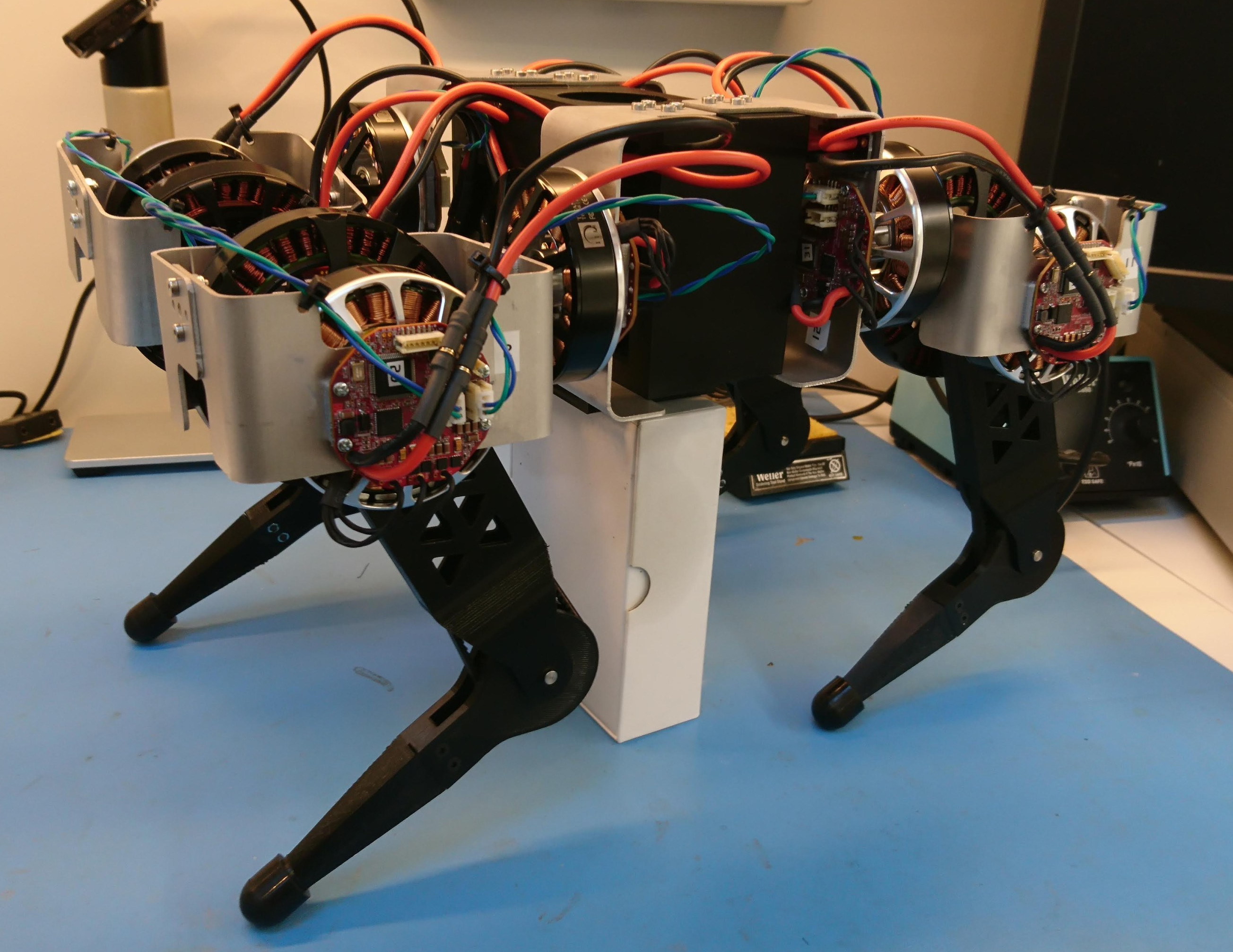Rebuild of gearbox assembly
After finally getting the darned thing apart, and printing a new outer housing, I went about re-assembling the whole mechanism. This time, I tried to take care to make the future disassembly less painful.
To start with, I filed down the problematic outer bearing interfaces of the sun gear holder so that the bearings were a slip fit over them. These two interfaces don’t need to be particularly snug, so that was easy enough, if monotonous, to accomplish. I also machined out a some pockets around the magnet hole, to make it possible to just hot-glue the position magnet in place and more easily extract it.




